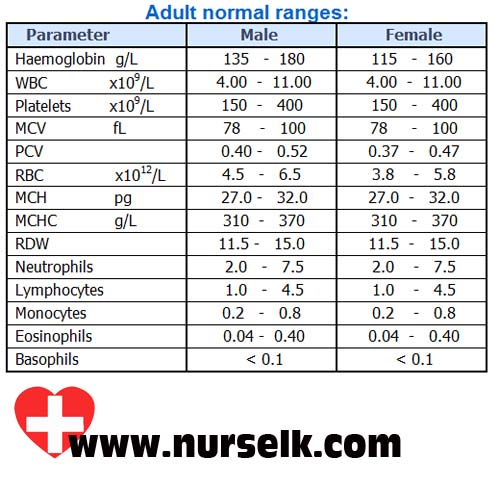

A normal diet must include 1.5-2 mg/day of elemental iron to compensate for menstrual losses alone. The loss of iron (elemental) with each normal menses is around 12-15 mg. There are certain risk factors for women being anaemic and these include: poor nutrition, inadequate gap between pregnancies, persistent nausea or vomiting in early pregnancy and twin pregnancy. There is also increased demand of the developing baby, which depletes the mother’s iron stores. The magnitude of the increase in blood volume varies according to the size of woman, the number of pregnancies she has had, the number of infants she has delivered, and whether there is one or multiple fetuses. This increase in blood volume helps in the exchange of respiratory gases, nutrients & other metabolic substances between the baby and the mother, increases perfusion of the uterus & kidney and it also compensates for the blood loss that will occur at the time of delivery. relatively fewer red cells (& Hb) present in an increased volume of blood. The fluid content of the blood (blood volume) increases up to 50% while the red cells increase by only about 20-30% resulting in hemodilution i.e. Even if a woman is not anaemic at the time of pregnancy, she may still develop anaemia as the pregnancy progresses due to several reasons. The most common cause of anaemia in pregnancy is deficiency of iron (~85% cases) and folic acid. Anaemia is suggested in pregnant women with Hb levels less than 11.5 g/dl. It is usually discovered and quantified by measurement of the RBC count, haemoglobin (Hb) concentration, and hematocrit (Hct). Anaemia is a condition in which the number of red blood cells (RBCs) or the amount of haemoglobin (Hb) is below normal for age and sex of the individual. In case you have no fever, sore throat, urinary problem or other symptoms suggestive of an infection, these counts are normal. The reason for the increase in WBCs is unknown but is probably a hormonal response. The WBC count may increase up to 15,000/µl (or even higher during labour and following delivery).The total mass of WBCs also increases to fill the increased blood volume. It is documented that the number of leukocytes in peripheral blood increases considerably during pregnancy. Physiological leukocytosis (increase in white blood cells) refers to a total leukocyte count above the normal, without the association of any known disease process. They occur due to the needs of the developing baby, placenta and the uterus and the increasing levels of pregnancy hormones especially progesterone and estrogen.

Pregnancy leads to many functional (physiological) and structural (anatomical) changes in the body. Is this something to worry about? Would it adversely affect my baby? My red blood cells and haemoglobin are also a bit low. My white blood cells are way above normal ranging 14.4. Q: I am a 38 years old female into my seventh month of my pregnancy.


 0 kommentar(er)
0 kommentar(er)
